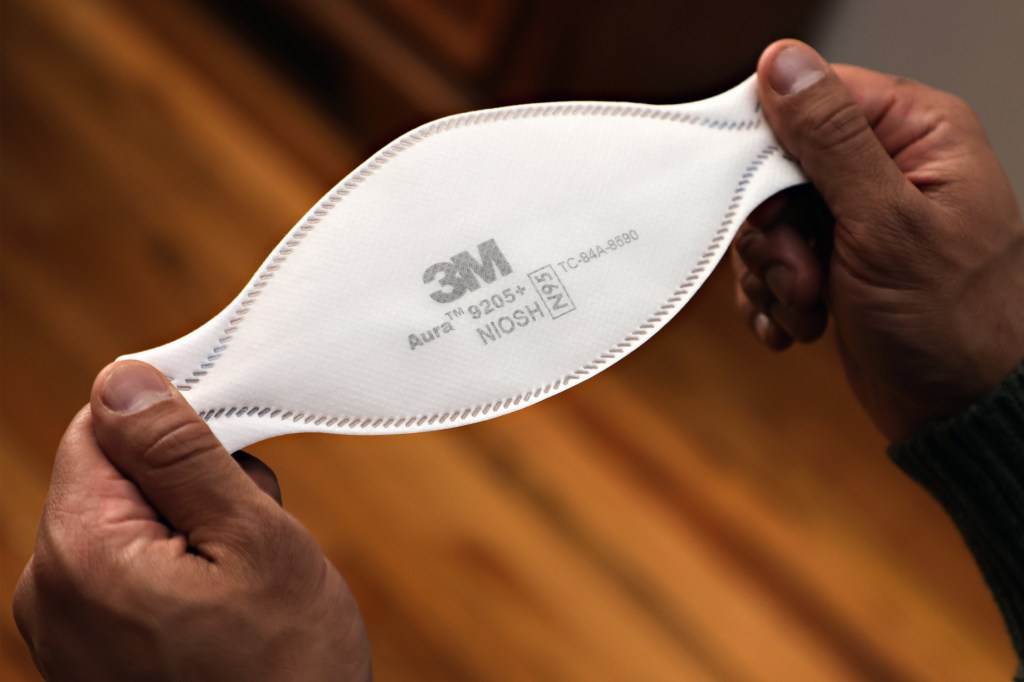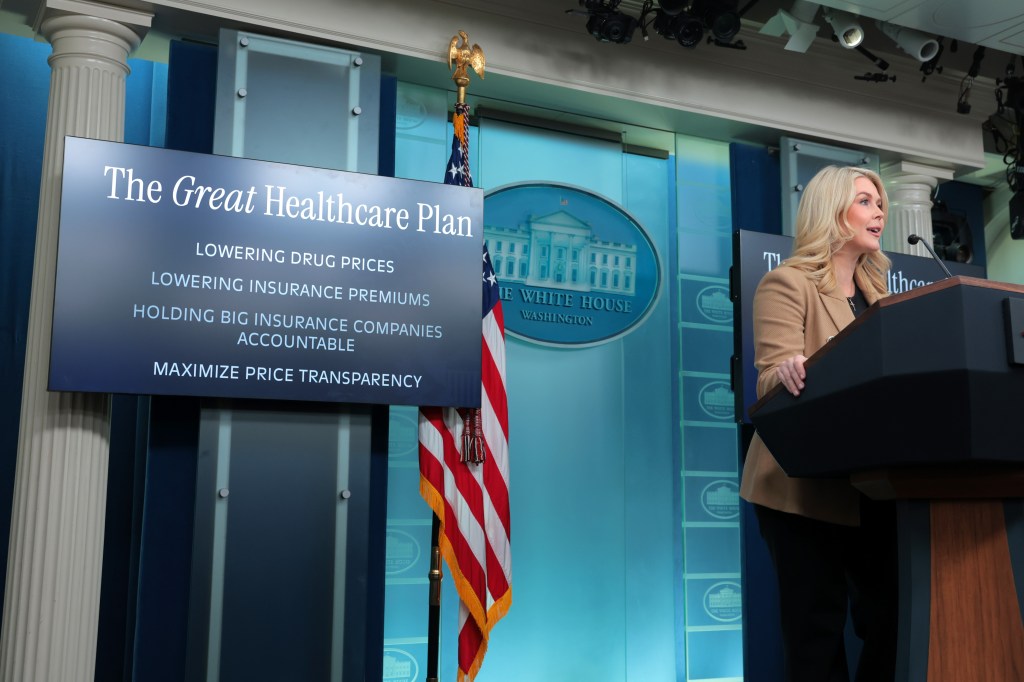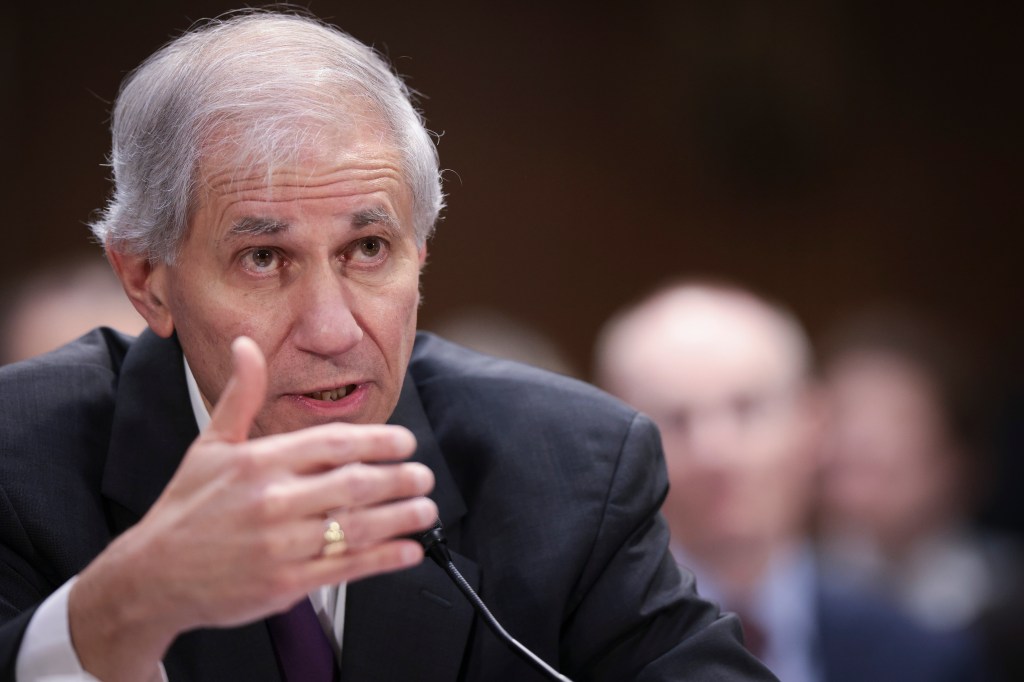Plans to bring the FDIC’s Deposit Insurance Fund (DIF) back to its minimum reserve ratio of 1.35% have not been blown off course by the $22.5bn cost of covering the deposits at SVB and Signature Bank, FDIC chair Martin Gruenberg said at the organization’s board meeting earlier this week. His
Register for free to keep reading
To continue reading this article and unlock full access to GRIP, register now. You’ll enjoy free access to all content until our subscription service launches in early 2026.
- Unlimited access to industry insights
- Stay on top of key rules and regulatory changes with our Rules Navigator
- Ad-free experience with no distractions
- Regular podcasts from trusted external experts
- Fresh compliance and regulatory content every day













